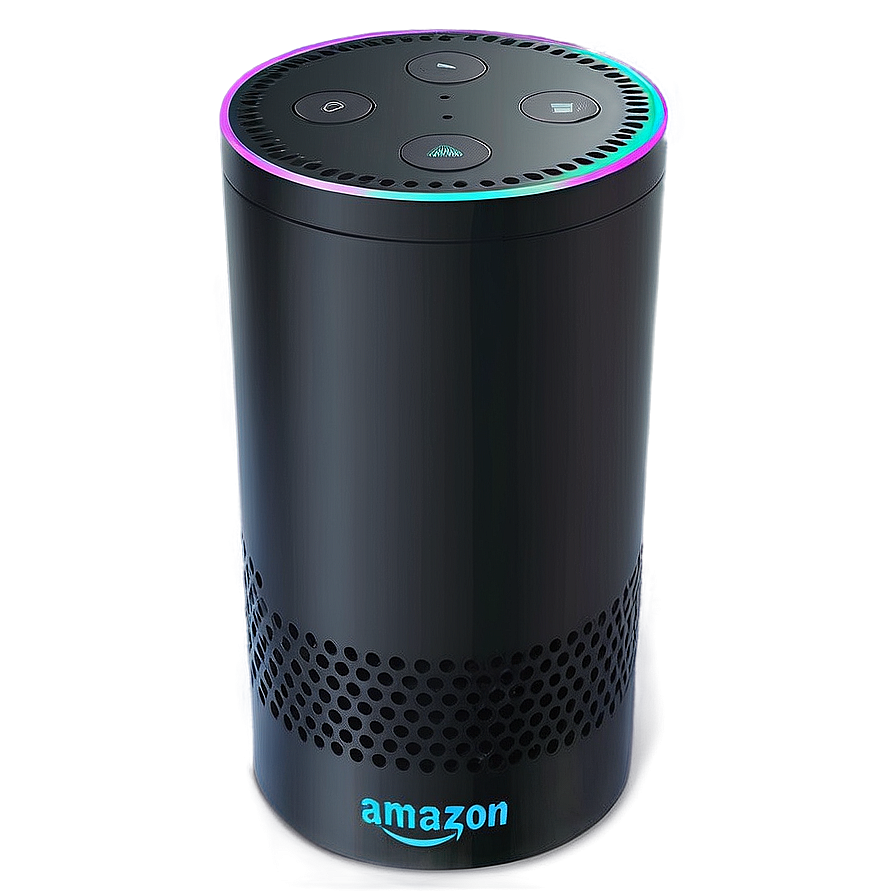Delving into google home alexa, this exploration unveils the intriguing dynamics between two of the most popular smart home assistants. Each platform, designed to simplify our lives, brings unique features and capabilities to the table, making them essential tools in contemporary home automation.
From Google Home’s integration with Google services to Alexa’s extensive compatibility with countless smart devices, understanding their nuances can empower users to make informed choices suited to their lifestyles.
Understanding Google Home and Alexa: Google Home Alexa
Google Home and Amazon Alexa are two leading smart home assistants that have transformed how users interact with technology. Both platforms provide a range of features designed to simplify daily tasks, enhance home automation, and streamline information access. Understanding the capabilities of these devices is crucial for users looking to optimize their smart home experience.
Main Features of Google Home
Google Home is powered by Google Assistant, offering users a wealth of functionalities that revolve around voice recognition and integration with various services. The main features of Google Home include:
- Voice Commands: Google Home allows for hands-free operation, enabling users to issue voice commands for a wide range of tasks, from playing music to controlling smart home devices.
- Integration with Google Services: Seamless access to Google services, such as Google Calendar, Google Maps, and Google Photos, enhances productivity and information retrieval.
- Smart Home Control: Google Home is compatible with numerous smart home devices, allowing users to manage lights, thermostats, security systems, and more through voice commands.
- Personalized Responses: With voice recognition technology, Google Home can provide personalized responses and information based on individual user profiles.
- Multilingual Support: Users can engage with Google Home in multiple languages, making it accessible to a broader audience.
Capabilities of Amazon Alexa
Amazon Alexa serves as the backbone for an extensive range of Amazon Echo devices, equipped with a broad set of skills that enhance user interaction. The capabilities of Amazon Alexa include:
- Smart Home Hub: Alexa can connect and control various smart home devices directly, providing a centralized hub for home automation.
- Skills and Customization: Alexa supports thousands of third-party skills that can be enabled to perform specific tasks, offering users extensive customization options.
- Shopping Integration: Users can easily add items to their Amazon shopping cart and place orders through voice commands, streamlining the online shopping experience.
- Music and Media Playback: Alexa supports multiple music streaming services, allowing users to play their favorite songs or podcasts effortlessly.
- Routine Creation: Users can create custom routines that automate several actions with a single command, such as turning off lights and locking doors simultaneously.
Comparison of User Interfaces
The user interfaces of Google Home and Amazon Alexa reflect their unique design philosophies and functionality.
- Google Home Interface: The Google Home app provides a clean and user-friendly interface that categorizes various functionalities such as device control and routines. The integration with Google’s ecosystem allows for an intuitive experience, where users can easily access information and control devices from the same platform.
- Amazon Alexa Interface: The Alexa app offers a more robust interface with a focus on skills and customization. Users can navigate through a skills marketplace to discover new features and manage smart home devices. The layout is designed to provide quick access to different functionalities, including routines and music playback.
- Voice Interaction: Both Google Home and Alexa support advanced voice interaction, but Google Home excels in natural language processing, often providing more conversational responses. In contrast, Alexa relies on command-based interactions, which can sometimes feel less fluid.
“Both Google Home and Amazon Alexa offer unique features and user experiences that cater to different preferences and needs.”
Functionality and Integration
The integration capabilities of Google Home and Alexa are pivotal in determining their effectiveness as smart home assistants. Both platforms boast extensive compatibility with a wide range of devices, allowing users to create a seamless smart home experience. Understanding the types of devices that can interact with these systems is essential for anyone considering enhancing their home with smart technology.
Google Home supports a diverse array of smart devices, enhancing its utility for users. Common devices that integrate with Google Home include smart lights, thermostats, security cameras, and smart speakers. The Google Assistant is designed to work with products from various manufacturers, which ensures that users can choose from numerous options to suit their needs. Google Home can integrate with devices from brands like Philips Hue, Nest, and Logitech, among others.
Alexa’s ecosystem also features a broad range of compatible smart home devices. It supports an extensive selection of products, including smart plugs, locks, cameras, and appliances. Notable brands compatible with Alexa include Ring, TP-Link, and Ecobee. This wide compatibility allows users to customize their home automation experience, tailoring it to their preferences and lifestyle.
Smart Home Ecosystems Compatible with Alexa
The Alexa platform is known for its integration with various smart home ecosystems. This capability enables users to control numerous devices from a single interface. Keeping in mind the importance of compatibility, here are some notable ecosystems:
- SmartThings – A robust platform that connects a wide range of devices from various manufacturers.
- Philips Hue – Offering smart lighting solutions that can be easily controlled through Alexa.
- Wink – A user-friendly hub that supports numerous smart devices, enhancing functionality.
- TP-Link Kasa – Provides smart plugs and bulbs that integrate seamlessly with Alexa.
Comparison of Smart Device Integration
To better understand the strengths and weaknesses of Google Home and Alexa in terms of smart device integration, the following table summarizes the key aspects of each platform:
| Platform | Strengths | Weaknesses |
|---|---|---|
| Google Home |
|
|
| Alexa |
|
|
“Understanding the strengths and weaknesses of each platform allows users to make informed decisions about which smart home assistant best suits their needs.”
User Experience and Compatibility

User experience plays a crucial role in determining how effectively users integrate Google Home and Alexa into their daily lives. Both platforms offer distinct features that cater to different preferences, ultimately enhancing the convenience of home automation and daily tasks.
Google Home provides a seamless experience for users engaged in various everyday activities. The device’s voice recognition capabilities allow individuals to manage tasks effortlessly, whether it be setting reminders, playing music, or controlling smart home devices. Users commonly share their satisfaction with how Google Assistant responds intelligently to follow-up questions, significantly improving interaction fluidity.
Alexa, on the other hand, stands out in enhancing home automation. With a wide array of compatible smart home products, Alexa’s integration capability allows users to control numerous devices through simple voice commands. This versatility makes it a preferred choice for those heavily invested in smart home technology.
User Experiences with Google Home
Feedback from Google Home users highlights the device’s efficacy in managing daily routines. Common tasks executed through voice commands include:
- Setting timers and alarms for cooking or reminders.
- Checking the weather and traffic conditions before leaving home.
- Playing music from various streaming services like Spotify or YouTube Music.
- Controlling compatible smart home devices such as lights, thermostats, and security systems.
- Answering trivia questions or providing information about current events.
These features illustrate how Google Home can adapt to diverse user needs, ultimately simplifying everyday tasks.
Enhancements in Home Automation with Alexa, Google home alexa
Alexa’s ability to enhance home automation is recognized by many users who appreciate its compatibility with a broad range of smart devices. Alexa can streamline various home functions, making it an integral part of many households. The following points highlight common tasks that users execute using Alexa:
- Turning on/off lights and adjusting brightness through compatible smart bulbs.
- Controlling smart thermostats to optimize energy usage based on user schedules.
- Operating smart locks and security cameras for enhanced home security.
- Managing entertainment systems, such as televisions and speakers, using voice commands.
- Creating routines that automate sequences of actions, like turning on lights and playing music simultaneously when a user arrives home.
These functionalities showcase Alexa’s capabilities in creating a cohesive and automated home environment, thus significantly improving user experience in daily life.
Security and Privacy Considerations

As smart speakers like Google Home and Alexa become increasingly integrated into daily life, concerns surrounding security and privacy have emerged. Users express apprehensions regarding data collection, surveillance, and potential misuse of sensitive information. Understanding these concerns is vital for users to navigate the complexities of their smart devices effectively.
Privacy concerns related to Google Home usage focus primarily on data collection and user consent. Google Home captures voice commands and interactions, storing this data to enhance the user experience. However, this raises questions about how long this data is retained and who has access to it. Users often feel uneasy knowing that their conversations might be recorded and analyzed.
Security Measures Implemented by Alexa
Alexa has instituted a range of security measures to protect user data. Key measures include:
- Voice Recognition: Alexa uses advanced voice recognition technology to differentiate between users, allowing for personalized experiences while enhancing security.
- Data Encryption: Communications between Alexa and the cloud are encrypted to prevent unauthorized access or interception.
- Device Security Updates: Regular updates are performed to ensure that Alexa devices are equipped with the latest security patches and features.
- User Control Options: Users can delete their voice recordings and manage privacy settings through the Alexa app, providing transparency and control over personal data.
Comparison of Data Collection Policies
A structured comparison of data collection policies between Google Home and Alexa reveals notable differences in approach and transparency. The summary below highlights the key aspects:
| Aspect | Google Home | Alexa |
|---|---|---|
| Data Storage Duration | Data is stored until manually deleted by the user. | Users can delete recordings, with options for automatic deletion after a specific duration. |
| Transparency | Privacy policies can be complex, often requiring users to sift through lengthy documents. | Provides straightforward options in the app for managing privacy settings and data access. |
| Third-Party Sharing | Data may be shared with third-party services for functionality improvements. | Explicit consent is needed before sharing data with third-party skills and services. |
“Understanding the nuances of data collection and privacy settings is essential for users seeking to protect their personal information.”
FAQ Guide
What devices are compatible with Google Home?
Google Home works with a variety of devices including lights, thermostats, and smart speakers from brands like Philips Hue, Nest, and more.
Can Alexa control my TV?
Yes, Alexa can control compatible smart TVs and streaming devices via voice commands.
How do privacy settings differ between Google Home and Alexa?
Google Home stores data linked to your Google account, while Alexa allows users to manage privacy settings more granularly, including voice history deletion.
Is Google Home or Alexa better for music streaming?
Both services offer robust music streaming options, but Google Home has a slight edge when it comes to integrating with YouTube Music and Google Play Music.
Can I use both Google Home and Alexa in the same home?
Yes, you can use both devices in the same home; however, they may require separate configurations for optimal functionality.
Discover how the smart find samsung feature can enhance your device management experience. With advanced tracking capabilities, this tool allows users to locate their devices effortlessly, ensuring you never lose track of your valuable gadgets.
Incorporating modern technology into your home has never been easier, especially with the tuya sensor. This innovative device provides real-time monitoring and control, allowing you to automate your space effectively while ensuring a seamless integration with existing smart home systems.